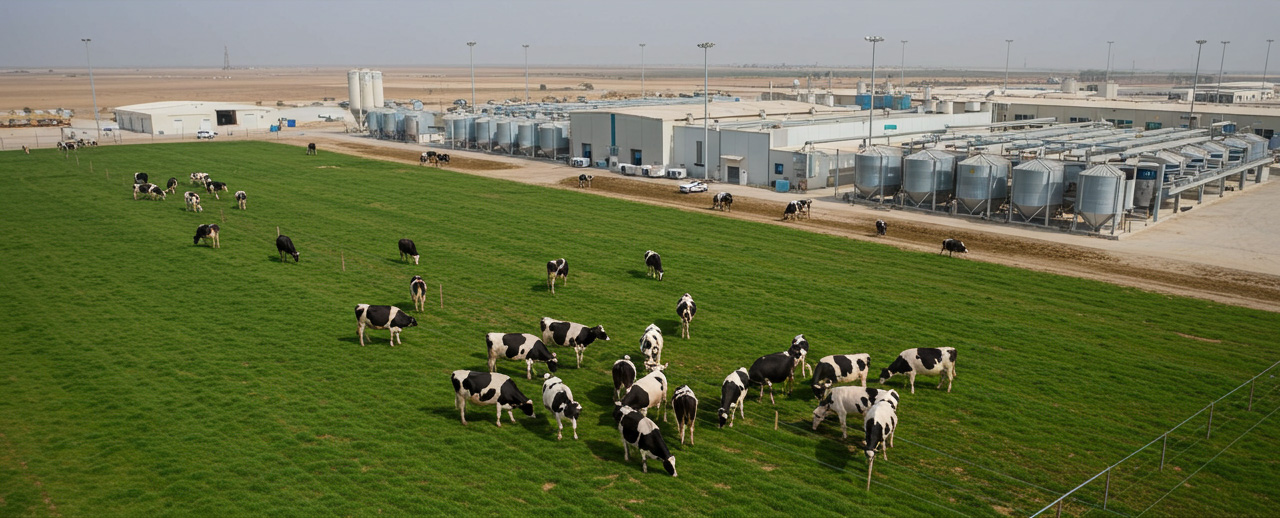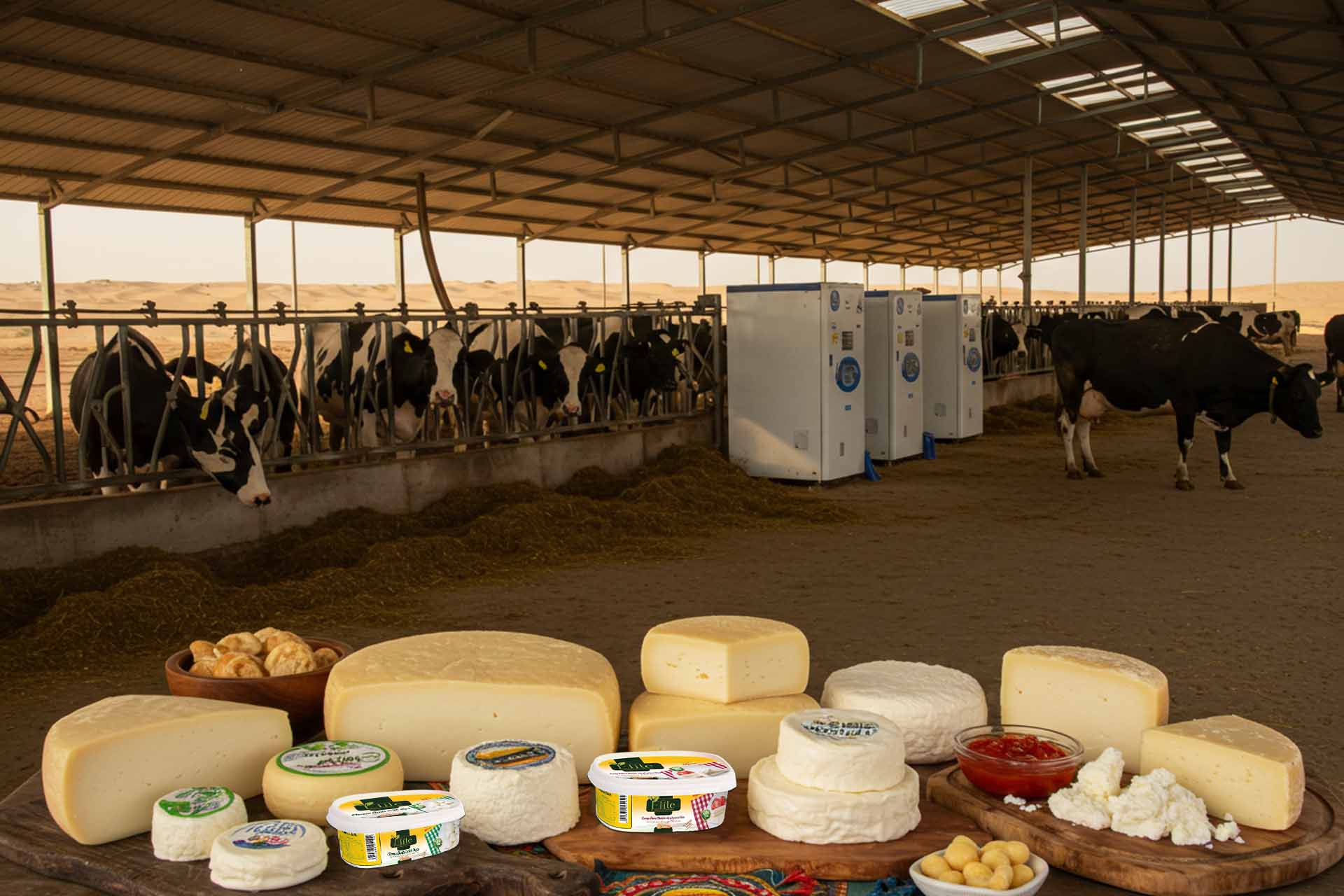The dairy and cheese sector in Arab countries has gained significant momentum in recent years, driven by the need for food security and support for local economies. Among these nations, Saudi Arabia stands out as a leading model — showcasing how investment, innovation, and strategy can transform a vital industry.
Saudi Arabia: A Regional Leader in Dairy and Cheese Production
Saudi Arabia has achieved remarkable progress in the dairy and cheese industry. The kingdom has not only reached self-sufficiency in fresh milk production but also emerged as a regional exporter of high-quality dairy products.
Key highlights:
- Home to some of the largest dairy farms in the world.
- Utilizes advanced technologies in livestock management and production.
- Continuously invests in infrastructure and expands production capacity.
📊 Dairy Market in Saudi Arabia (2024–2029):
- Estimated market size in 2024: $5.84 billion
- Projected to exceed $7 billion by 2029
- Compound annual growth rate (CAGR): 3.87%
Additionally, Saudi Arabia is witnessing a growing demand for plant-based dairy alternatives, aligned with global health and sustainability trends.

Diverse Dairy Product Range in Saudi Arabia
Saudi production includes:
- Fresh milk
- Yogurt
- Juices
- Various cheese types (Halloumi, Nabulsi, Feta, etc.)
- Cream and by-products
Emerging Trends in Saudi Cheese Consumption
- Organic Cheese:
There’s rising interest in chemical-free, naturally produced organic cheese. - Plant-Based Cheese:
A growing segment influenced by vegetarian diets and health-conscious lifestyles.
Challenges Facing the Dairy Industry in Saudi Arabia and Arab Countries
- High cooling costs due to the hot climate.
- Rising costs of feed and water.
- Dependency on imported raw materials in some nations.
- Tough competition from imported dairy products.
Strategic Development Plans for the Dairy Industry
To enhance the dairy and cheese sector, Arab nations and Saudi Arabia are focusing on:
- Providing government subsidies and incentives to local producers.
- Investing in research and genetic development to improve cow productivity.
- Adopting smart technologies to increase efficiency and reduce costs.
- Improving transport, storage, and distribution infrastructure.
- Promoting value-added dairy processing industries.
- Educating consumers about the nutritional benefits of local products.
Conclusion
Saudi Arabia offers a powerful case study of how Arab countries can develop a robust dairy and cheese sector through innovation, investment, and strategic planning. As the industry evolves, it holds immense potential to strengthen food security and drive economic growth across the region.
Frequently Asked Questions (Keyword-Based Questions)
What is the size of the dairy market in Saudi Arabia?
As of 2024, the dairy market is estimated at $5.84 billion and is expected to exceed $7 billion by 2029.
What types of cheese are produced in Saudi Arabia?
Saudi Arabia produces various cheese types including Halloumi, Nabulsi, Feta, and modern plant-based cheese.
Is there demand for organic cheese in Saudi Arabia?
Yes, demand is increasing for organic cheese made without chemicals or additives.
What are the main challenges in dairy production in Saudi Arabia?
Key challenges include high cooling costs, expensive feed and water, import reliance, and competition from foreign brands.



